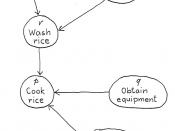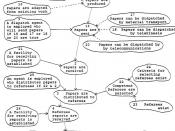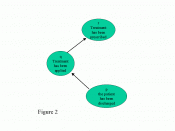Planning and management is increasingly problematic in the real-world environment of spiraling change and uncertainty. Knowledge is incomplete, values are in dispute and the decisions of others are often unpredictable. Problem structuring methods (PSMs) are now a fundamental management skill. It is the process of retrieving information from long-term memory and external memory and using it to construct the problem space, i.e. to specify goals, operators and evaluation functions etc.
The methods which have come, collectively, to be known as PSMs were developed independently from the mid 1960s onwards. What each PSM offers is a way of representing the situation (that is, a model or models) that will enable participants to clarify their dilemma, converge on a potentially actionable mutual problem or issue within it, and agree commitments that will at least partially resolve it. There are many types of PSMs and the more standard forms of the principal methods may be briefly summarized as follows:
-Strategic options development and analysis (SODA): This is a general problem identification method that uses cognitive mapping as a modeling device for eliciting and recording individuals' views of a problem situation.
-Soft systems methodology (SSM): This is a general method fro system redesign. Participants build ideal-type conceptual models (CMs), one for each relevant world view.
-Strategic choice approach (SCA): This is a planning approach centred on managing uncertainty in strategic situations.
-Robustness analysis: This is an approach that focuses on maintaining useful flexibility under uncertainty.
-Drama theory: This draws on the two approaches, metagames and hypergames. It is an interactive method of analysing co-operation and conflict among multiple actors.
Shell is a large and diverse company highly dependent on the development and exploitation of technological innovations. The organizational restructuring at Shell was to specify clearly the dimensions of the service-providing roles, and...


